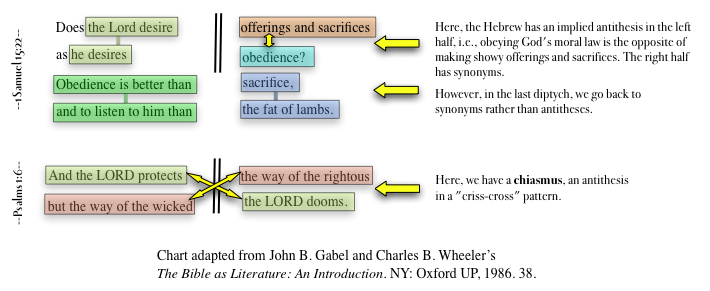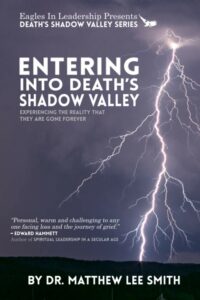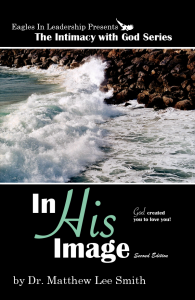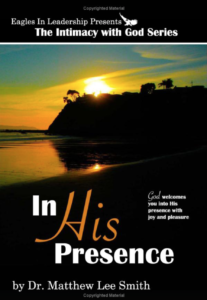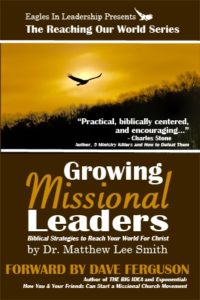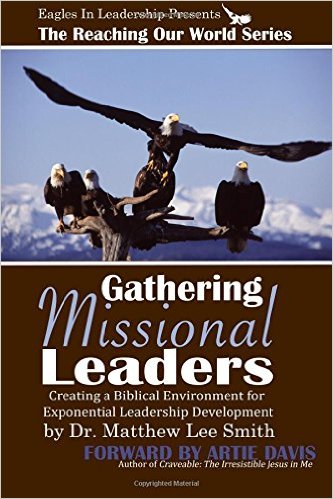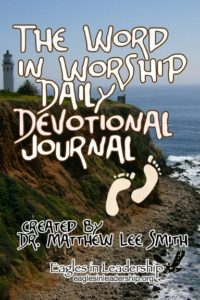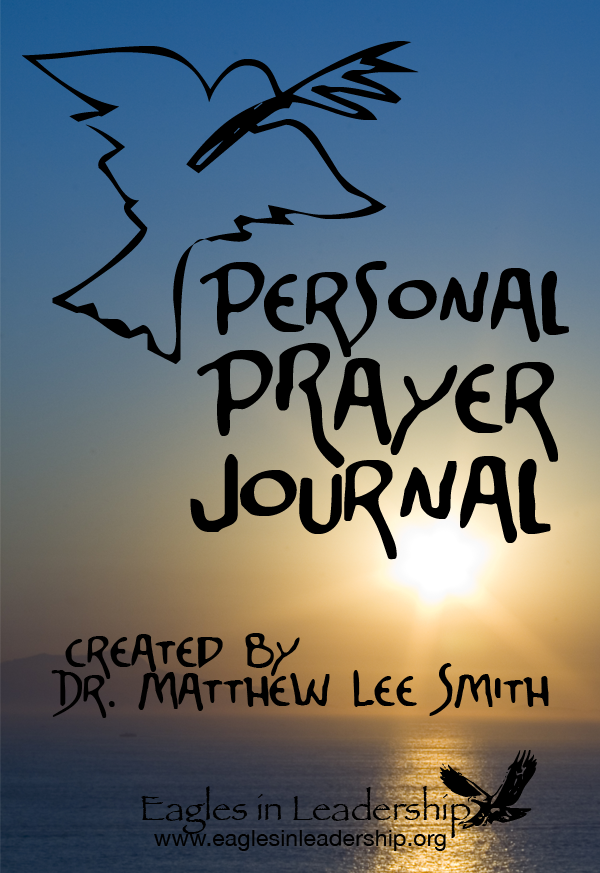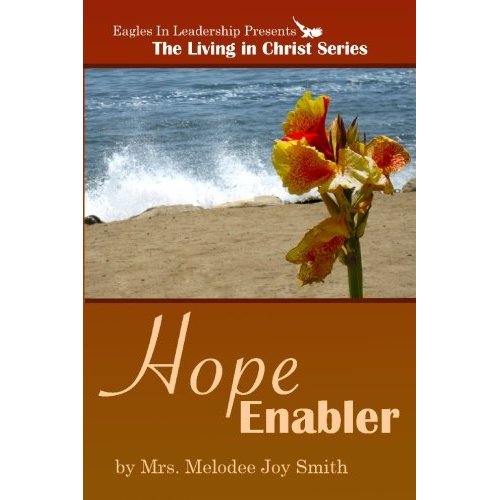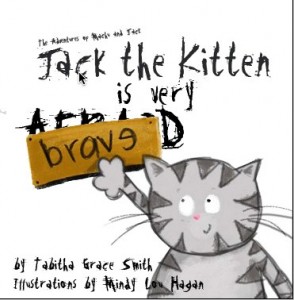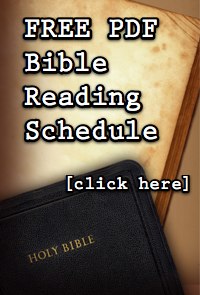Editor’s Note: We continue our series of blogs for those who are reading the Bible with us cover-to-cover this year. Interspersed with our thoughts on our daily reading, we want to provide some tips about reading the Bible in general.
Psalms: Understanding Hebrew Poetry!
We continue to move deeper into the books of Psalms, noting as we do that Hebrew poetry is much different from what we may be familiar with. Understanding the mechanics and methods of such poetry helps us gain more of the “hidden” meaning behind the words. Hebrew poetry uses three key mechanisms to convey the emotion of the message:
- Parallelism
Think of parallelism like railroad tracks. No train can deliver its cargo without both tracks. Likewise, the message in Hebrew poetry cannot be delivered of one of the tracks of the meaning are missed. Essentially, the second line in such poetry deepens, expands or explains the meaning of the first line. In Hebrew poetry, you will find two main types of parallelism …
1. Synonymous Parallelism
When the second line means the same thing as the first (albeit with further illustration, explanation or definition), you have synonymous parallelism. An example of such parallelism is …
“The Lord is my light and my salvation; whom shall I fear?
The Lord is the stronghold of my life; of whom shall I be afraid?”
(Psalm 27:1, ESV)
In our example the Lord is referred to as, “my light and my salvation” in the first line. The second line deepens the reason for this reality when it says, “The Lord is the stronghold of my life.” In other words, the Lord is the stronghold of David’s life, a place of great security. There, in that stronghold, David says is his salvation, which is the light of his life.
Thus, being secure in the Lord and safe in the light of God’s presence he can say twice, “whom shall I fear?” “… of whom shall I be afraid?” Fear flees when we realize that in God’s presence there is nothing that can separate you from that love and protection.
2. Antithetic Parallelism
Antithetic parallelism reverses the meaning and gives you the opposite meaning of the first line in the second. The classic example of this is Psalm 1.
Thesis:
“Blessed is the man who walks not in the counsel of the wicked, nor stands in the way of sinners, nor sits in the seat of scoffers;
Antithesis:
“… but his delight is in the law of the Lord, and on his law he meditates day and night.
Thesis:
“He is like a tree planted by streams of water that yields its fruit in its season, and its leaf does not wither. In all that he does, he prospers.
Antithesis:
“The wicked are not so, but are like chaff that the wind drives away. Therefore the wicked will not stand in the judgment, nor sinners in the congregation of the righteous;
Thesis:
“… for the Lord knows the way of the righteous,
Antithesis:
“… but the way of the wicked will perish. ” (Psalm 1:1–6, ESV)
Understanding this powerful method of expression can bring deeper understanding as one slows down and seeks to glean all they can from the lines of these songs. Like those of us who sing our favorite songs over and over, deeper meaning and applications come with time as our experiences change and model those expressed in these songs of praise and worship. (Hint: since these are Hebrew methods of literary expression, you can find them in other Bible passages written by God’s people, including the New Testament!)
A second devise used by the psalmists is the …
- Strophe
“A strophe is a logical unit determined by either the subject matter or structure of the poem (Bullock, 2008, 41).” Think stanza in a song from today. In most of the psalms you will not find a clear cue for the change of stanzas or strophes apart from the content itself. The differences in emphasis inside the psalm are usually enough to break the song into stanzas.
As David expresses the wonders of God’s Word in Psalm 19, we find two strophes, or stanzas. The first, Psalm 19:1-6, express how we can see God’s glory in the works of his hands in creation. Then he moves to the glories of God from the words of God in the second strophe in Psalm 19:7-14.
- Chiastic Structure
One of the more complicated mechanisms found in Hebrew writing in general and its poetry in specific is the chiastic structure of the passage. Chiasm “comes from the Greek word chiazein, meaning to place crosswise or in the shape of the Greek letter chi (c).
Using Psalm 8 as an example, Dr. Robert L. Alden cites the following to explain chiasm:
A Benediction (v.1)
B God’s rule (vv. 2-3)
C Human meanness (v. 4)
C’ Human greatness (v. 5)
B’ Humanity’s rule (vv. 6-8)
A’ Benediction (v.9) (Bullock, 2008, 43).
As we contemplate the complexity of the psalms themselves, we begin to see this truth: God designed these timeless messages to help us put words to our pain, pressures and problems. He wanted us to be able to extol his greatness, steadfast love and constant intervention. Psalms are a gift to help us express our hearts and souls to a God who loves us and never forsakes us in the midst of an assembly of his like-minded children.
Source: Bullock, C. H.. (2008). Encountering The Book Of Psalms. Grand Rapids, MI: Baker Academic.
It is our hope that this background information helps a bit as you read on in the Bible.
For daily insights into the passage we are reading together each day, you can follow Dr. Smith on Twitter and on Facebook.
You can obtain more help from the FREE Bible reading schedule on our resource page. In His Image is a daily devotional that also follows our reading schedule and expresses the Biblical truth: “God Created You to Love You.” You can find this resource on the side bar of our website.
======
Host a Reaching Your Community In Your Generation Seminar!
 The world around us changes approximately every 18 months! Such change brings great challenges to our mission. Eagles In Leadership has designed a weekend to help you energize your congregation or organization to fulfill the Great Commission in your community. You can bring this weekend to your church or organization!
The world around us changes approximately every 18 months! Such change brings great challenges to our mission. Eagles In Leadership has designed a weekend to help you energize your congregation or organization to fulfill the Great Commission in your community. You can bring this weekend to your church or organization!
The weekend revolves around four key messages:
- Help! My Community Is Changing!
- What’s Your Dream for Your Church? (And How Do You Reach It?)
- Healthy Churches Grow!
- Reaching Your Community In Your Generation! (It’s All About the Mission!)

